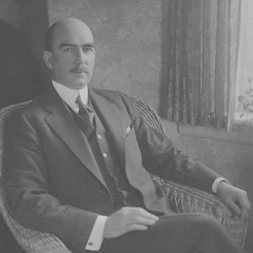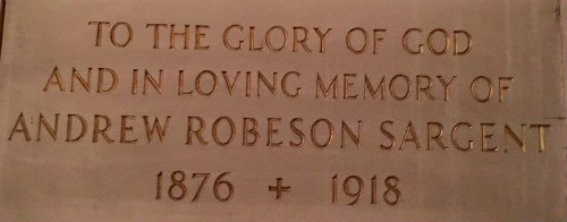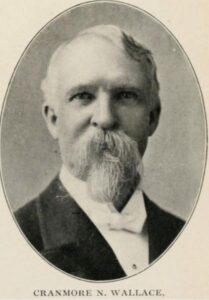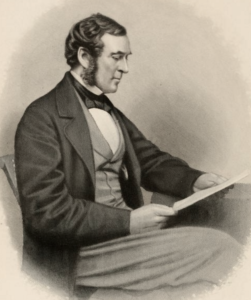- Mary Robeson Sargent died of diabetes at the age of 66.
- Courtenay Baylor (1870-1947) published Remaking a Man: One Successful Method of Mental Refitting (NY: Moffat, Yard), full text. Recently helped by our fourth rector Elwood Worcester, Baylor gave up his insurance business to join the Emmanuel staff in 1912. Under Worcester’s supervision he became a lay therapist for alcoholics.

In 1925 he and Worcester formed the Craigie Foundation to continue their work privately in anticipation of Worcester’s retirement from Emmanuel Church in 1929. In his book, Baylor claimed he had success with about two thirds of a thousand patients. Through his patients Rowland Hazard and Richard R. Peabody he influenced William Wilson, a founder of Alcoholics Anonymous.
For more information on Baylor’s contribution see:
- “The Continuation of Therapy: Courtenay Baylor and Richard R. Peabody”, pp. 35-59 in Richard M. Dubiel, The Road to Fellowship: The Role of the Emmanuel Movement and the Jacoby Club in the Development of Alcoholics Anonymous (NY:iUniverse for the Hindsfoot Foundation, 2004).
- “Worcester in Retirement and Successors to the Emmanuel Movement”, pp. 99-108 in Sanford Gifford, The Emmanuel Movement: The Origins of Group Treatment and the Assault on Lay Psychotherapy (Boston: Harvard U. Press for the Francis Countway Library of Medicine, 1997).
- “Early alcoholism treatment: the Emmanuel Movement and Richard Peabody”, K. McCarthy. Journal of Studies on Alcohol 45(1):59-74, Jan. 1984. PMID: 6366377.




